
Challenging the Conventional Wisdom About Praying Mantids
Folks of all ages delight in finding praying mantids in the garden. These charismatic predators are large and easy …



El inglés es el idioma de control de esta página. En la medida en que haya algún conflicto entre la traducción al inglés y la traducción, el inglés prevalece.
Al hacer clic en el enlace de traducción se activa un servicio de traducción gratuito para convertir la página al español. Al igual que con cualquier traducción por Internet, la conversión no es sensible al contexto y puede que no traduzca el texto en su significado original. NC State Extension no garantiza la exactitud del texto traducido. Por favor, tenga en cuenta que algunas aplicaciones y/o servicios pueden no funcionar como se espera cuando se traducen.
Inglês é o idioma de controle desta página. Na medida que haja algum conflito entre o texto original em Inglês e a tradução, o Inglês prevalece.
Ao clicar no link de tradução, um serviço gratuito de tradução será ativado para converter a página para o Português. Como em qualquer tradução pela internet, a conversão não é sensivel ao contexto e pode não ocorrer a tradução para o significado orginal. O serviço de Extensão da Carolina do Norte (NC State Extension) não garante a exatidão do texto traduzido. Por favor, observe que algumas funções ou serviços podem não funcionar como esperado após a tradução.
English is the controlling language of this page. To the extent there is any conflict between the English text and the translation, English controls.
Clicking on the translation link activates a free translation service to convert the page to Spanish. As with any Internet translation, the conversion is not context-sensitive and may not translate the text to its original meaning. NC State Extension does not guarantee the accuracy of the translated text. Please note that some applications and/or services may not function as expected when translated.
Collapse ▲
Folks of all ages delight in finding praying mantids in the garden. These charismatic predators are large and easy …
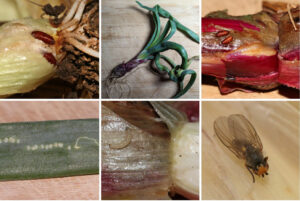
Last spring some growers in the North Carolina piedmont noticed unusual problems with their allium crops, primarily bulb onions, …
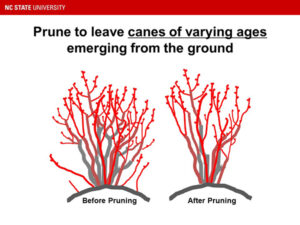
Blueberries are a popular crop for commercial farmers as well as home gardeners in North Carolina. They are fairly …
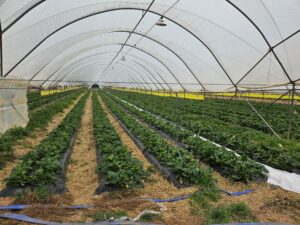
The Pest Management Strategic Plan for Strawberries in VA, NC, SC, GA, and FL has been published! You can access the …
Tropical storms and hurricanes are unfortunate events that are sometimes experienced by people living in North Carolina. Informed decisions …
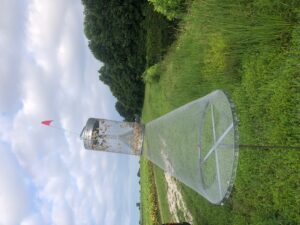
As we enter early August, we continue to track bollworm populations across the state. Extension personnel across the state …
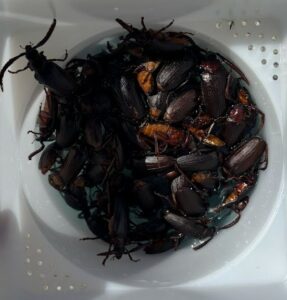
Prionus longhorn beetles, notably Prionus laticollis, Prionus imbricornis, and Prionus californicus (Coleoptera: Cerambycidae), pose significant challenges in agricultural and …
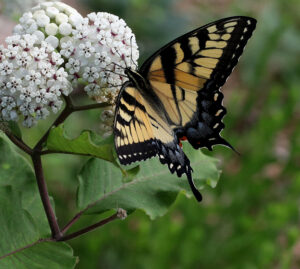
In late 2008, I planted a demonstration pollinator garden at Chatham Mills to provide forage from early spring to late fall for …
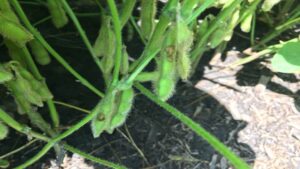
For many years, corn earworm has been the top pest in North Carolina soybeans in terms of cost of …
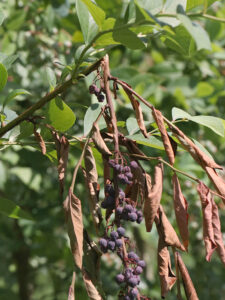
It seems we are finally on the other side of the “cicada invasion” which of course was not an …
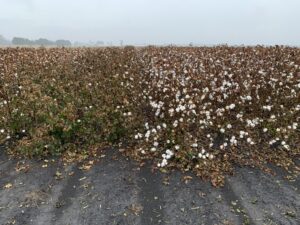
The short answer for thrips is no, and for plant bugs, yes, if it hits threshold. We covered this …
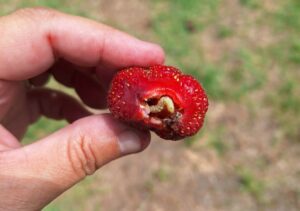
The corn earworm (Helicoverpa zea, Lepidoptera: Noctuidae), a significant pest known for its broad host range, has been reported …
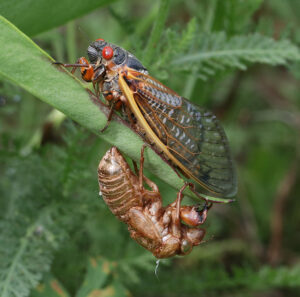
In case you haven’t heard, 2024 marks the emergence of the 13-year periodical cicadas (Magicicada spp.). The 13-year cicadas are known as Brood …
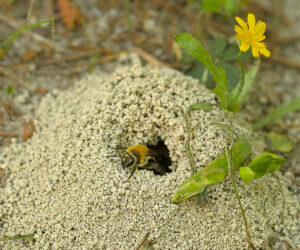
Every year, from mid-March through mid-April, I get calls from folks worried about all the bees hovering over their …

Have you ever wanted to raise Monarch butterflies? How about 237 monarchs released from your very own fingertips? Well, …
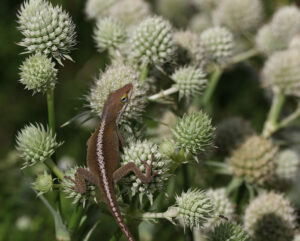
In late 2008, I planted a demonstration pollinator garden at Chatham Mills to provide forage from early spring to …
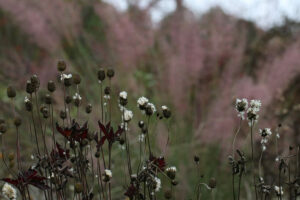
After planting, weeding, and watering through the spring and summer, some gardeners look forward to fall as a period …
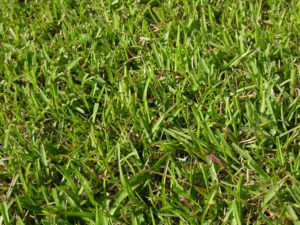
There are several different warm season turfs in the sandhills. Some warm season turfs include Centipede, St. Augustine, Bermuda …
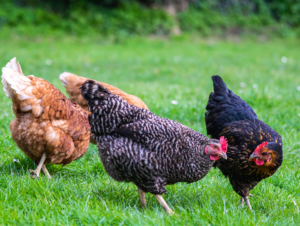
Our next Backyard Flock Series will be about reportable diseases. Dr. Rebecca Mansell, Director of Poultry Health Programs for …
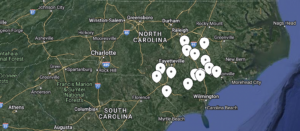
The Southeast Extension District is conducting a variety of research trials this year to provide unbiased agricultural research that …

Leafhoppers are insects of importance to highbush blueberry growers in North Carolina. Species in the …
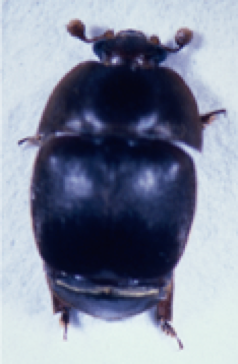
This factsheet describes the small hive beetle, its life cycle and how to prevent infestations …
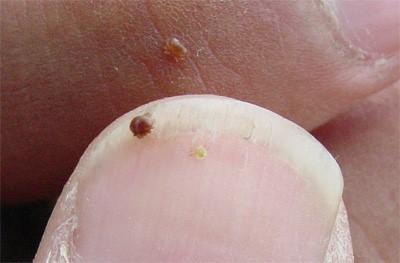
It is the goal of every beekeeper to maintain healthy, productive colonies. This can only …

This factsheet provides basic information about prevention and control of Africanized honey bees prior to …

This factsheet describes the biology of the giant strong-nosed stink bug, Alcaeorrhynchus grandis, and provides …

This manual prepares pesticide applicators for Forest Pest Control Certification exams in the following states: …
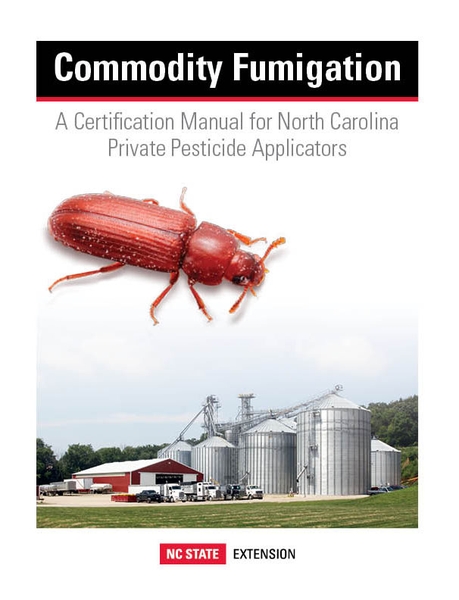
This manual provides guidance tailored for North Carolina's non-commercial pesticide applicators using fumigants in commodity …
